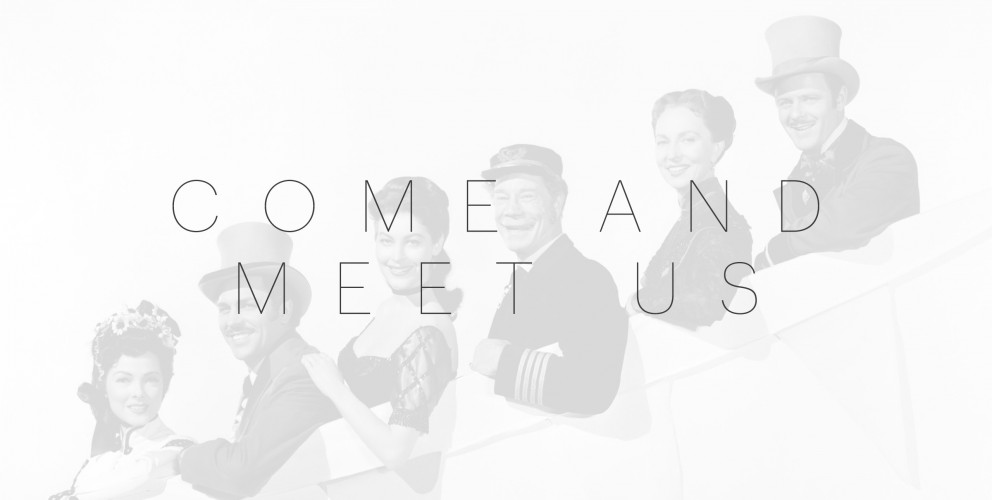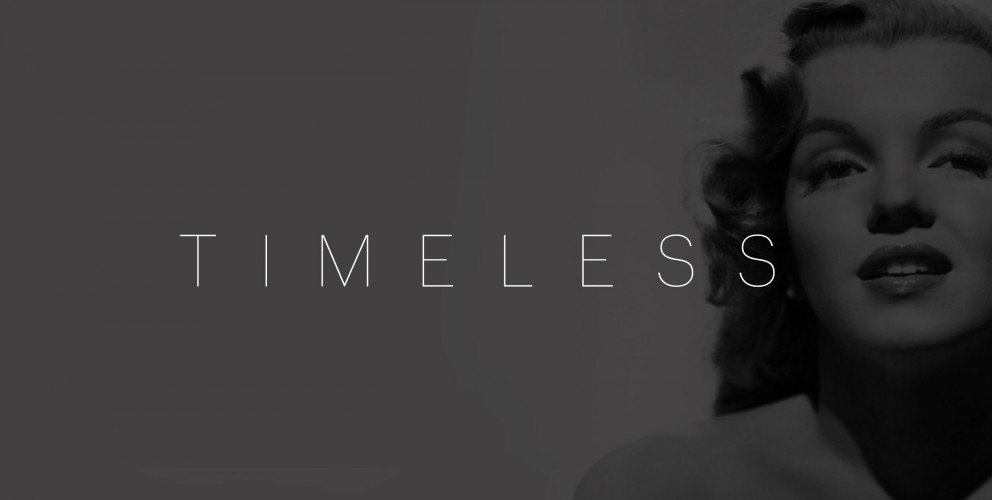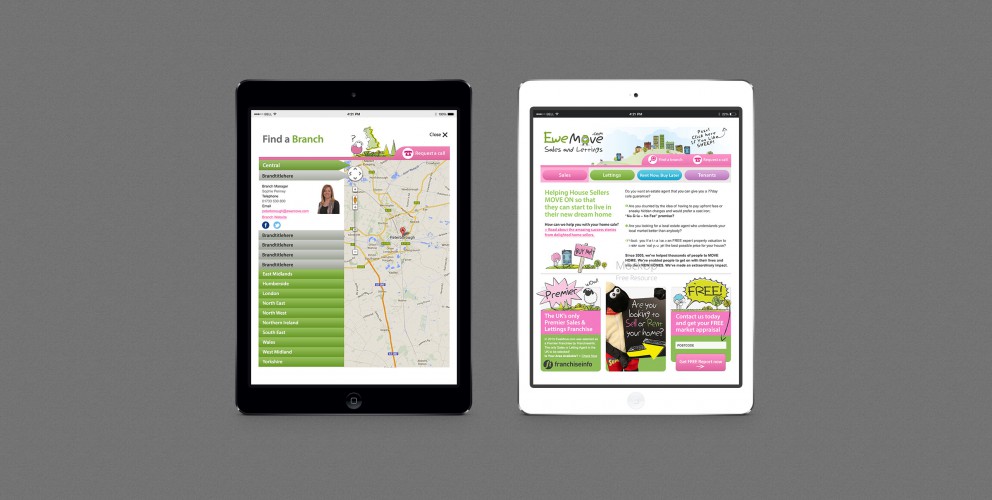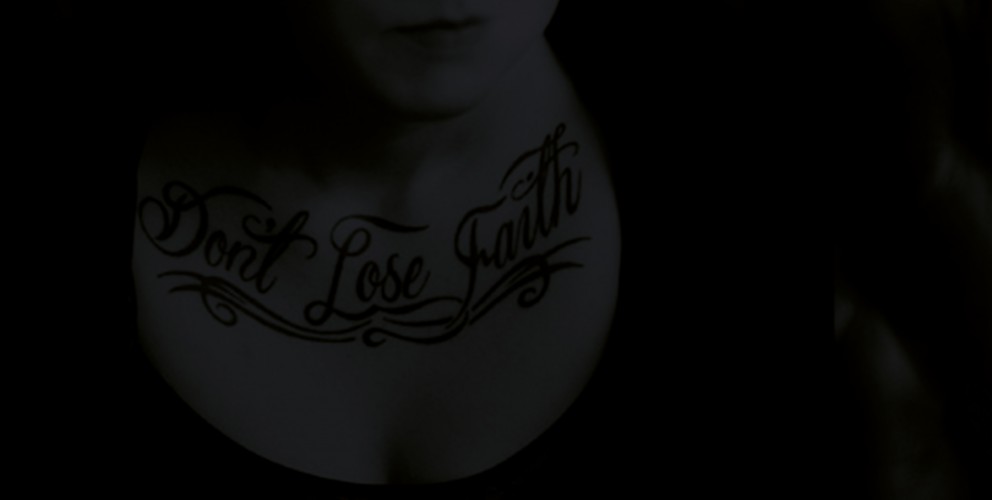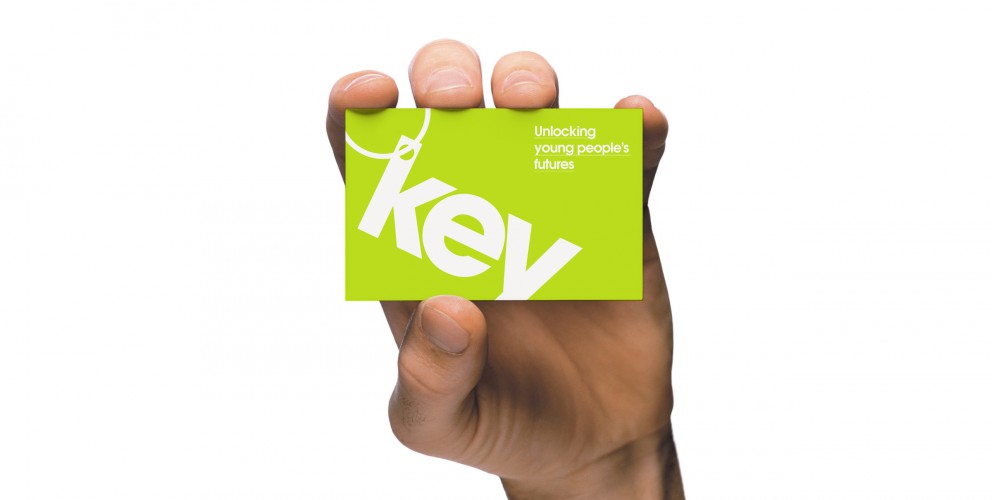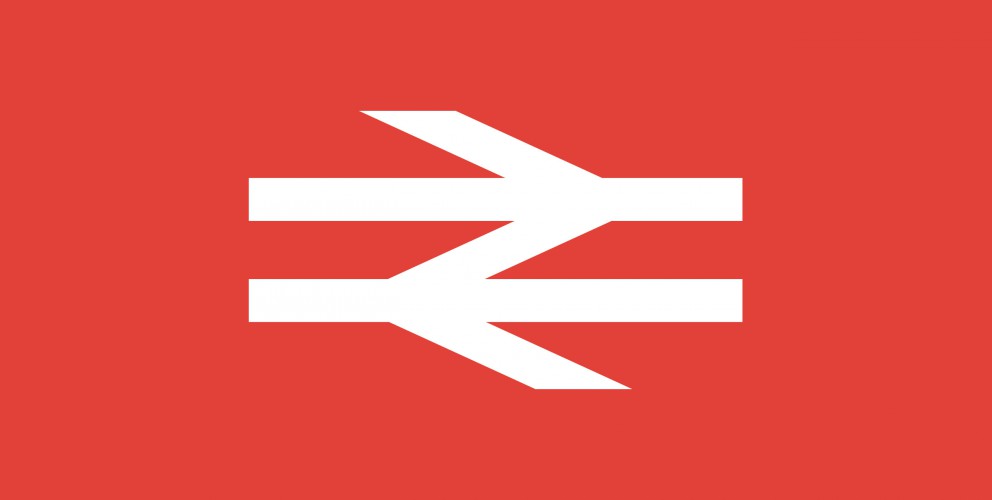For many companies and organisations their website is the first point of engagement for potential customers coming into contact with their brand and so it should effectively tell the story of the company. In fact the story of a company or organisation and how it came about is often a key starting point for defining your brand, establishing your business objectives and considering your key messages.
Statistics help promote an organisation’s results and outputs but stories bring a more human and emotive angle, helping the audience relate to your brand. Charities can really maximise on this idea, as not only do they have their own story to tell but the stories of all the people whose lives they have transformed through their work.
From compelling reasons to set up a charity, to how normal people have overcome great adversity to innovative fundraising successes and life-changing experiences - charities and the people they help have endless stories to tell. Charities also have endless reach, not only are you helping your target audience but often indirectly their friends and loved ones as well.
Here’s a few ways you can use the technique of storytelling to help enhance your brand and get your message out effectively on your website:
Tell stories which are relevant to your audience:
As with any organisation your people are your biggest asset, so let them tell their stories. Give everyone from staff and donors to those the charity supports and their loved ones a chance to talk about what the organisation means to them, this helps reinforce your core objectives. The Ovarian Cancer Action site does this well by showcasing stories from a diverse range of women’s experiences of dealing with cancer. It then goes a step further by also sharing the stories of some of the women’s partners and loved ones, again reiterating the impact and reach the charity has.
Make it personal:
Your charity came about as the result of something! Quite often a personal experience or desire to advocate for something which will help make the world a better place. The Malala Foundation (developed by female education activist Malala Yousafzai) isn’t afraid of telling Malala’s personal story and inspiration behind the charity. Every message reinforces the need for girls in the third world to have a right to education and the impact Malala’s work has had so far.
Use relevant images:
Support your stories with real pictures of your service users and their families. Showing people at all stages of their interaction with your charity is a good way to highlight the positive work you do and reinforce the wide range of people (or animals) you help. Using images to highlight your friendly team and the great, varied work their do on a day to day basis is also advisable.
Give it some structure:
A story has a beginning, a middle and an end….but not necessarily in that order! Successful stories that encourage people to keep engaging encourage elements such as characters, settings, plots, problems and solutions - try to integrate these aspects into how you tell your stories.
Get creative with storytelling:
The Refugee Project do a great job of integrating highly emotive stories that tug at the heartstrings with hard-hitting data. The United Nations data used is supported by original histories of the refugee crises spanning the last 4 decades. This dynamic map feature tells the global story of refugees on a mass-scale which is then supported by images of individuals, demonstrating the human impact. Ultimately charities are about helping people, they naturally inspire trust and a human relationship dynamic so focusing on conveying this across the website and other communications is key. Tell your story effectively using words, images and multimedia really get across the good work that you do.
Ultimately charities are about helping people, they naturally inspire trust and a human relationship dynamic so focusing on conveying this across the website and other communications is key. Tell your story effectively using words, images and multimedia really get across the good work that you do.

